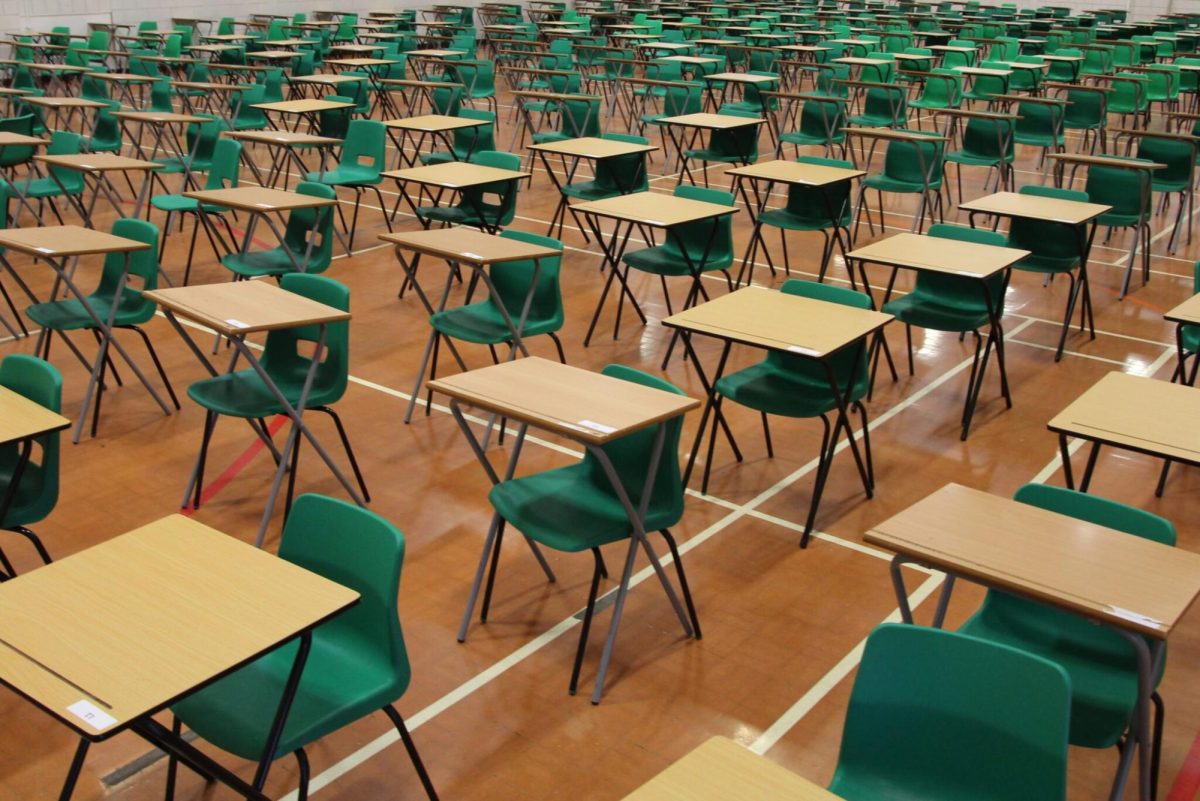On January 25, 2022, the College Board announced that the Scholastic Assessment Test (SAT) will be available digitally starting in 2023. This digital format has already been launched for international students last spring. The Preliminary Scholastic Assessment Test (PSAT) went digital for U.S. students in the fall of 2023 and the SAT will do the same beginning spring 2024. Many changes have been made to the test for an online format, but the issues of accessibility for people of various backgrounds remain unresolved.
There is clear reasoning behind the SAT moving online. In November 2021, the College Board administered the digital SAT to a group of U.S. and international students. According to the College Board, 80% of the students who took the test found it less stressful than the paper SAT.
The digitized version of the SAT not only makes the exam easier for students, but it also makes it easier for proctors to administer. Instead of printing out the diagnostic test and answer sheet, proctors survey students as they check into the app BlueBook and take the exam.
The test has been shifted to fit the needs of how students are educated in most schooling systems, which includes mainly online rather than physical exams.
The test will measure the same math, writing and reading skills and be scored on the same scale up to 1600 (or 1520 for the PSAT). However, the new digitized version will be available on students’ laptops or tablets at testing centers and high schools and will adapt to students’ performance based on how they score. The test will also be cut from three hours to only two.
The College Board divided the Reading & Writing and Math sections into two parts called modules. This change was made for the test to be customizable to a student’s specific difficulty level.
The College Board website states, “Students answer a set of questions in the first module before moving on to the next. The questions that students are given in the second module depend on how they performed on the first module.”
Along with the test’s new structure, test-takers have extra resources that were not provided in previous years. The no-calculator portion is removed for the math section, meaning that students will have the option of a built-in graphing calculator as well as their own physical calculator for the duration of the exam. Reading passages are shortened in the digital adaptation and are paired with questions found more easily in the text.
The exam includes a countdown clock in the top right corner of the PSAT and SAT app. Urban’s Director of Learning Services Rachel Herbert spoke about the potential upsides of the recent changes like the clock included in digital testing. “A countdown clock could be helpful for people who are better able to stay focused when they see time elapsing visually,” said Herbert.
Nonetheless, the accommodations for students with learning differences taking the SAT and PSAT have not undergone drastic changes. Urban College Counseling Associate Leslie Schaffer spoke about potential problems for students with certain accessibility needs. “A few students require a human reader for their test and, with digital testing, now only have the option of a screen reader,” said Schaffer. “Having a computer read text to you is not yet comparable to having a human read text.”
Students who wish to take the PSAT could also face difficulties based on their socioeconomic status.
“The digital exam could potentially be less accessible for schools that don’t have laptop programs or strong WiFi or a tech office to help out,” said Schaffer. “[The] College Board does provide iPads if schools or students do not have technology, but the iPads they sent out this year had compatibility issues.”
Although standardized testing is theoretically more equitable than any other measure of academic achievement, the digital SAT still has a long way to go in order to create a level playing field for students of varying backgrounds.
In an article for the Atlantic, Kathryn Paige Harden wrote about how long-standing socioeconomic barriers have a direct impact on a students’ performances in the test. “The correlation between family background and SAT performance is from about 25 to 40 [%] — that is, meaningful but far from perfect,” said Harden.“Still, it’s strong enough that some researchers dismiss standardized tests as nothing more than a proxy for asking, ‘Are you rich?’”


